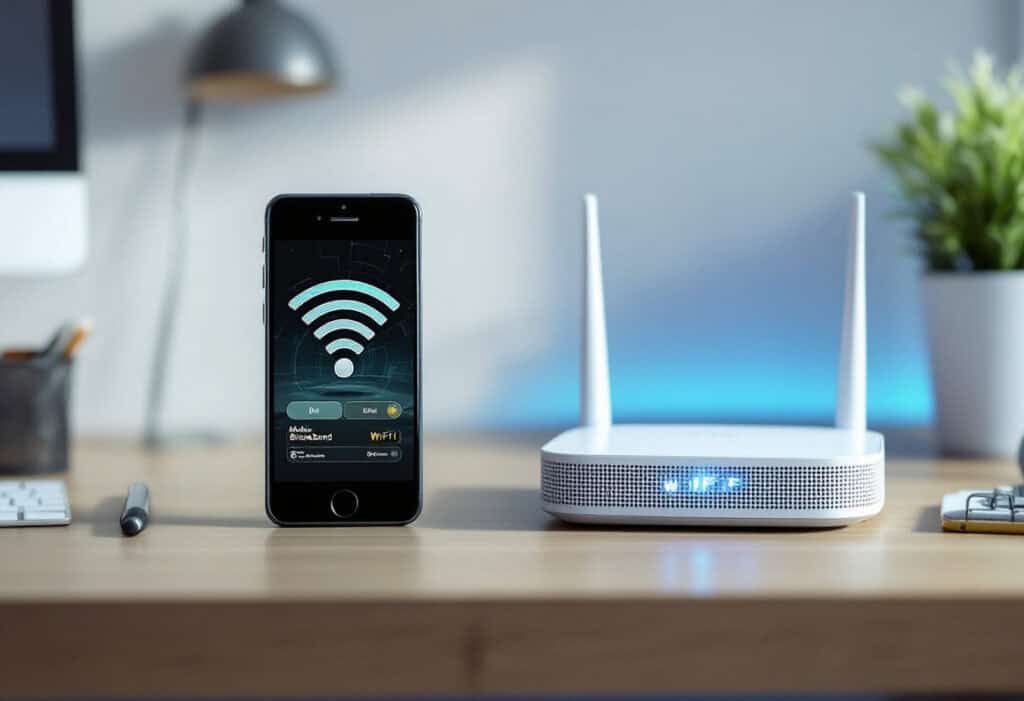New Delhi, NFAPost: The Union Government issued draft rules to delicense the lower portion (5925–6425 MHz) of the 6 GHz spectrum band, a move expected to significantly benefit Wi-Fi broadband, especially emerging technologies like Wi-Fi 6E and Wi-Fi 7. It also aims to accelerate the adoption of low-power and very low-power wireless equipment.
According to the draft rules notified by the Department of Telecommunications (DoT), no prior authorisation or frequency assignment will be required for setting up, operating or using wireless devices for low-power indoor and very low-power outdoor access in the lower 6 GHz band.
Previously the largest block of unused spectrum, the 6 GHz band has significant potential for both 5G and Wi-Fi expansion. It supports the precise positioning of large volumes of signals with minimal latency, making it ideal for high-speed connectivity applications.
However, the move could be a setback for mobile operators and some governments, who have long argued that the band should be reserved for mobile telephony. The Cellular Operators Association of India (COAI)—whose members include Reliance Jio, Bharti Airtel and Vodafone Idea—has said India needs to free up at least an additional 1200 MHz of spectrum to meet global benchmarks.
COAI has maintained that only 720 MHz is currently available in the mid-band in India. To achieve the International Mobile Telecommunications-2020 (IMT-2020) standard and support consistent speeds of 100 Mbps downlink and 50 Mbps uplink in densely populated cities, India requires a total of 2 GHz of mid-band spectrum, it has said.
In contrast, the Broadband India Forum (BIF), which represents tech majors such as Google, Meta and Microsoft, as well as telecom equipment makers like Ericsson, Cisco and Huawei, has strongly supported delicensing the 6 GHz band to unlock its potential for Wi-Fi services.
Global trend
The Centre’s move comes two years after the Telecom Regulatory Authority of India (TRAI) recommended allocating the lower end of the 6 GHz band for unlicensed use, such as Wi-Fi, while the upper end could be retained for licensed mobile broadband. TRAI had noted that such a strategy would align with global best practices and that India had comparatively less spectrum allocated for unlicensed use than other major economies.
In December 2023, the International Telecommunication Union (ITU) set aside the 6.425–7.125 GHz range for licensed mobile operations. The decision was taken at the 10th World Radiocommunication Conference, held every three to four years to revise global radio spectrum agreements.
Globally, the United States has allowed the full 6 GHz band for unlicensed use, triggering similar moves in countries such as Brazil and Saudi Arabia. Conversely, China has allocated the entire 1200 MHz in the band for 5G services. Europe has opted for a split model, reserving the upper portion of the band for 5G and freeing a 500 MHz tranche for Wi-Fi.

















Leave a Reply